
By Wan Yao and Ling Chao
Since assuming the role of Artistic Director at Balenciaga in 2015, Demna has overseen four couture shows starting from 2021. As we approach Balenciaga's 53rd couture collection, set against a serene backdrop with meditative music, it's a fitting moment for reflection.
"In today’s meditation session, we will learn how to create a path towards a happier life," introduces a calming female voice, echoing Demna's belief that meditation fosters creativity. However, his creations in clothing and accessories starkly contrast the serene meditative voice, showcasing his commitment to vibrant and innovative design.
Across this collection, a striking hallmark is the fusion of streetwear, goth, skater and metalhead subcultures with part minimalistic form and part reimagined glamor. These eclectic styles define Demna's distinctive approach, catapulting him to prominence in the fashion world during the 2015s and solidifying his status as one of its most influential figures today.

In contrast to his past shows, Demna opened the couture series with a sequence of voluminous streetwear ensembles, a departure that some may find too casual for such a formal occasion. However, few are taken aback by these changes.
Demna has fully injected his personal aesthetics into Balenciaga, continuously innovating while truly honoring the founder of the house, Cristóbal Balenciaga. Instead of imposing an overarching theme across the entire series, he chose four classic design elements—three-quarter sleeves, silhouette and cocoon shapes, the extravagant and luxurious millinery, and groundbreaking fabric innovation—to thread through his creations.
When we take the series of everyday outfits presented after the opening for instance, the T-shirts, designed with a cocoon-like appearance, feature support from scuba satin linings rather than built-in frames or padding. Simple flannel shirts are elevated with silk-tufted embroidery. The jackets, tied at the hips to create a voluminous, layered silhouette, seamlessly integrate with the pants.
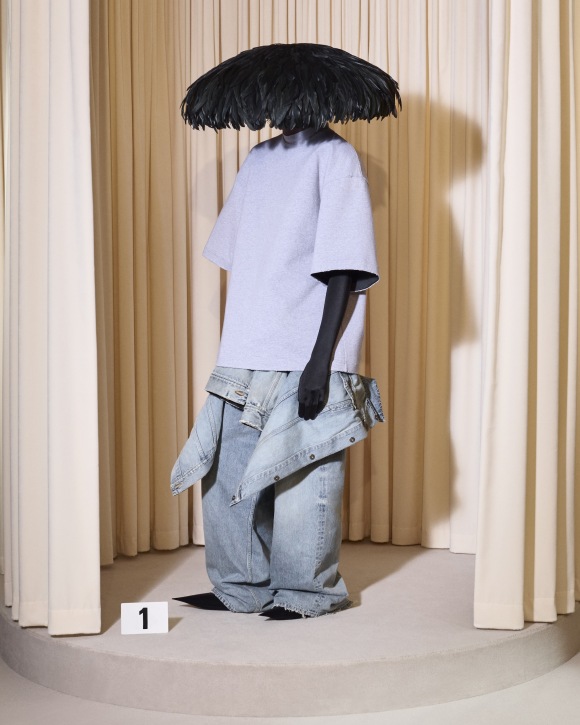
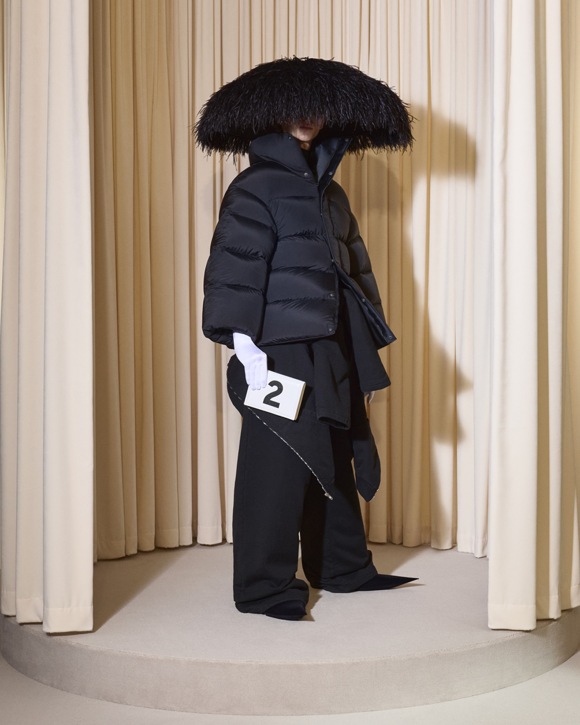
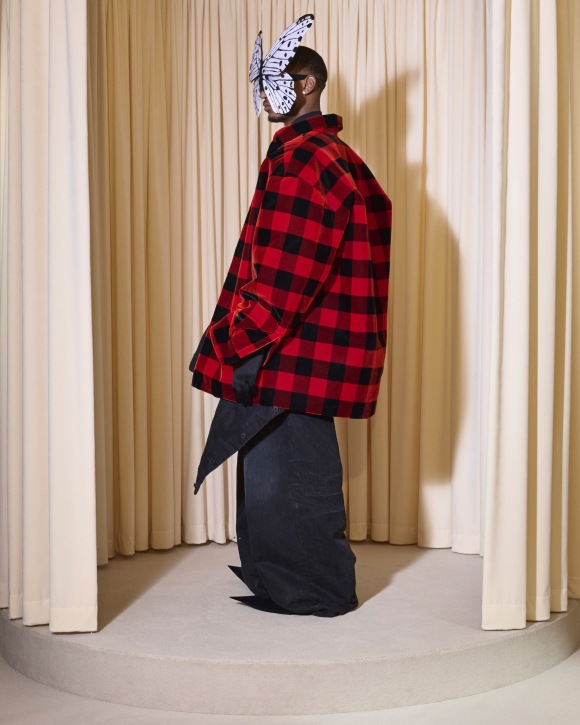
These understated pieces not only showcase Balenciaga's heritage in silhouette, fabric, and tailoring but also reflect Demna's innovative approach.
The T-shirts, adorned with meticulously drawn patterns by Artist Abdelhak Benallou, each took approximately 70 hours to complete, with an additional 100 hours dedicated to the preliminary fabric production process. This artistry evokes the era when CristóbalBalenciaga conducted extensive research into sleeve silhouettes, spending days or even weeks in his Paris studio on Avenue George V. As the times shift to Demna's era, the contemporary couturespirit is reflected in exploring the craftsmanship and research that everyday clothing can bear.
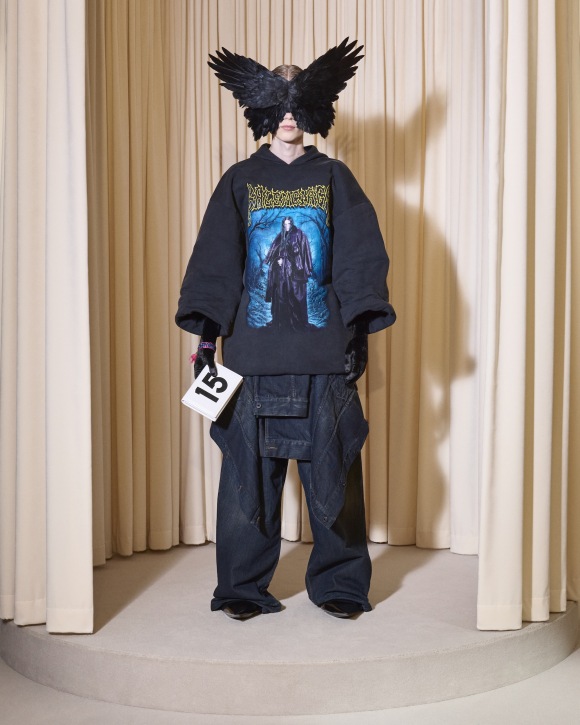

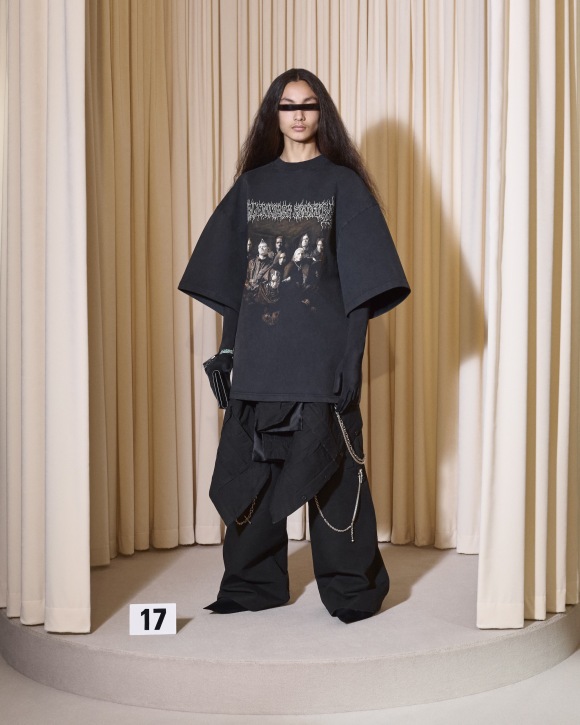
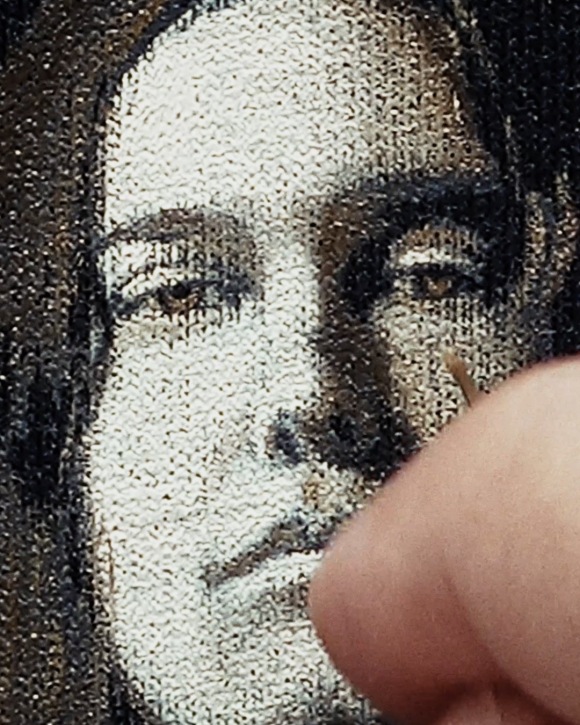
Layering and patchwork of different garments were among the initial designs that sparked discussions upon Demna’s appointment. Now, he has seamlessly integrated this street-style feature into couture, transforming everyday wear into evening attire. Throughout the years, Demna has reinterpreted garments once considered untraditional for couture. He not only utilizes luxurious materials but also establishes a distinctive aesthetic that bridges streetwear with a redefined approach to formal occasions.
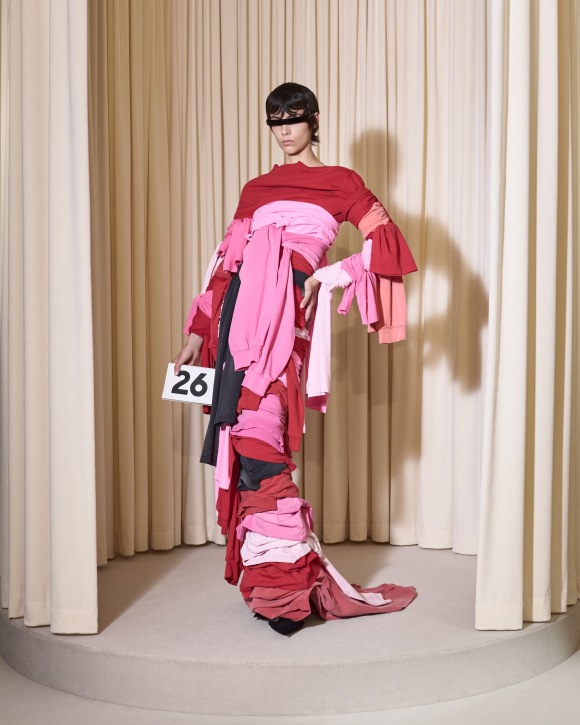

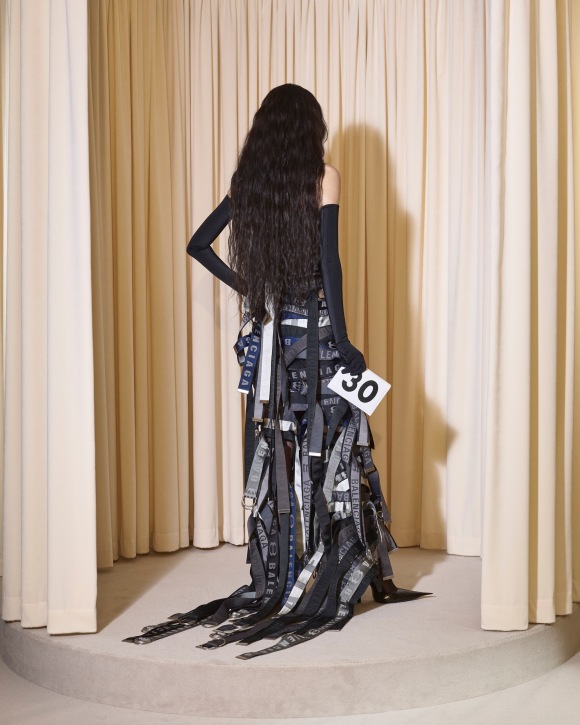 However, it's clear that rules have been subverted. Starting with a series of everyday outfits that diverge significantly from traditional haute couture norms, Demna, in his usual fashion, had multiple models adorned in evening gowns before the show's conclusion. These gowns feature elegant, body-hugging silhouettes juxtaposed with unconventional details.
However, it's clear that rules have been subverted. Starting with a series of everyday outfits that diverge significantly from traditional haute couture norms, Demna, in his usual fashion, had multiple models adorned in evening gowns before the show's conclusion. These gowns feature elegant, body-hugging silhouettes juxtaposed with unconventional details.
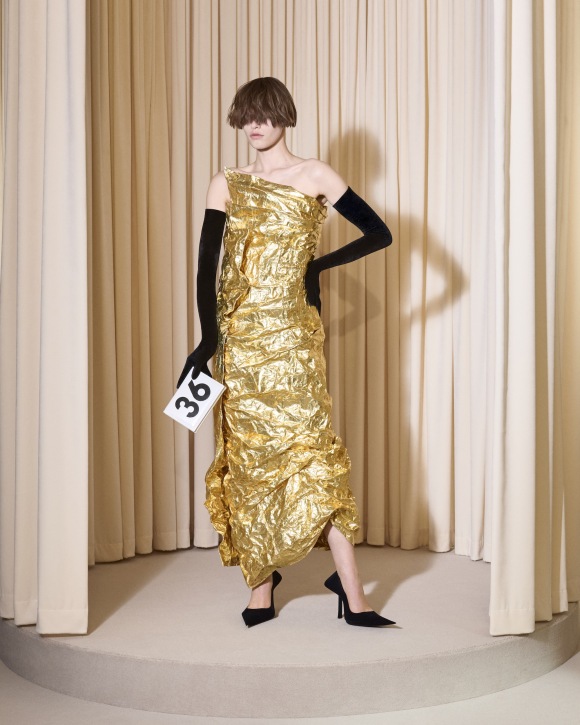
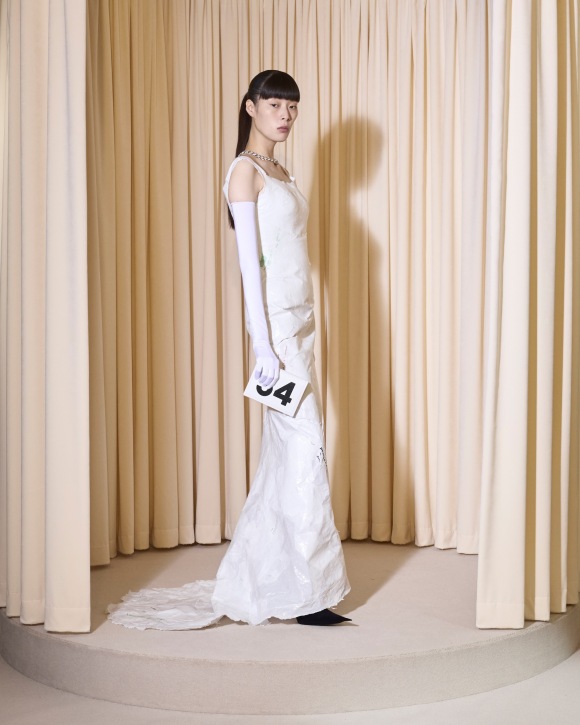
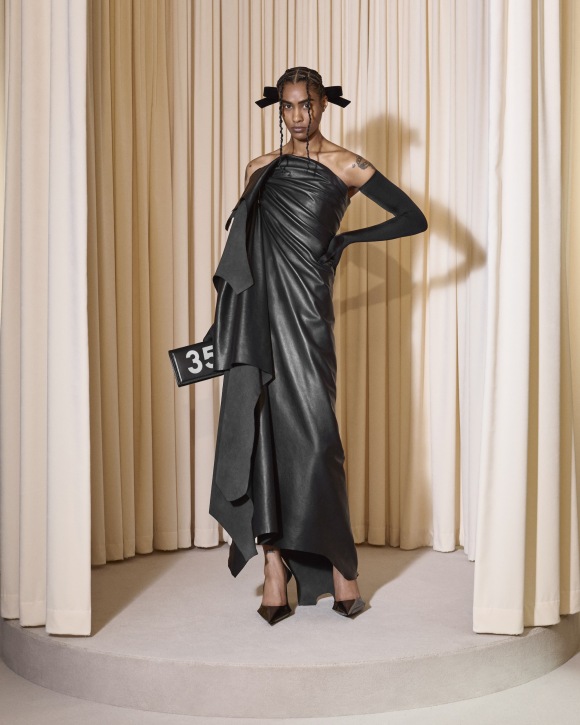

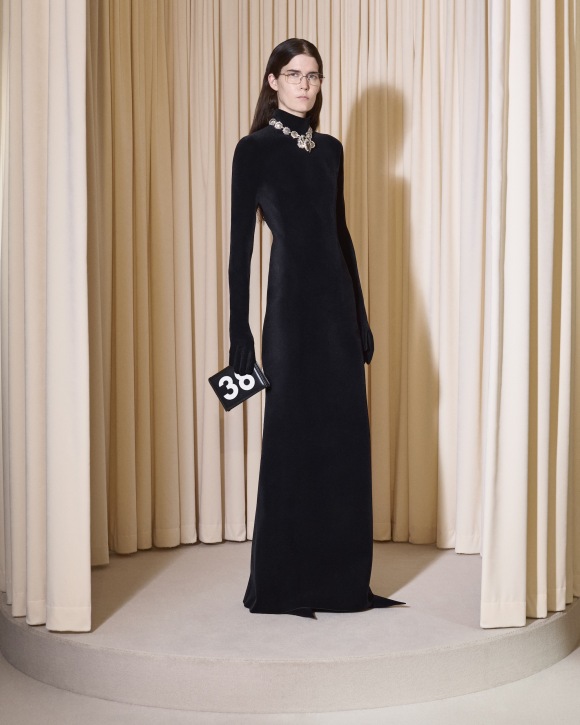
In Balenciaga's show notes, butterflies symbolize transformation, hope, and freedom. Interestingly, these vibrant butterfly veils weren't paired with elegant evening gowns but became integral to streetwear looks. Over the past decade, Demna's streetwear trends have revolutionized concepts and paradigms in the fashion industry.
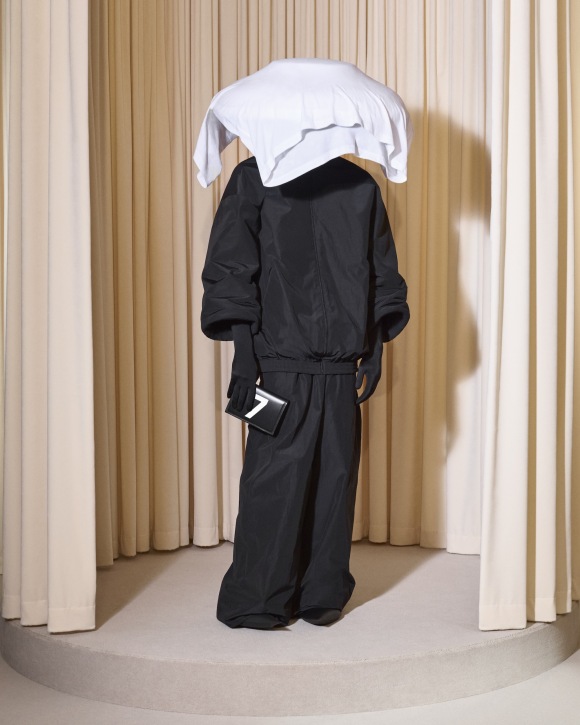
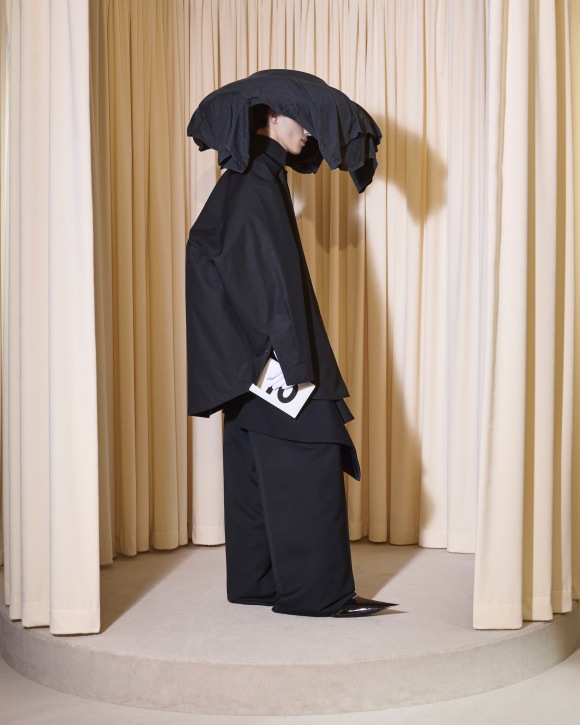
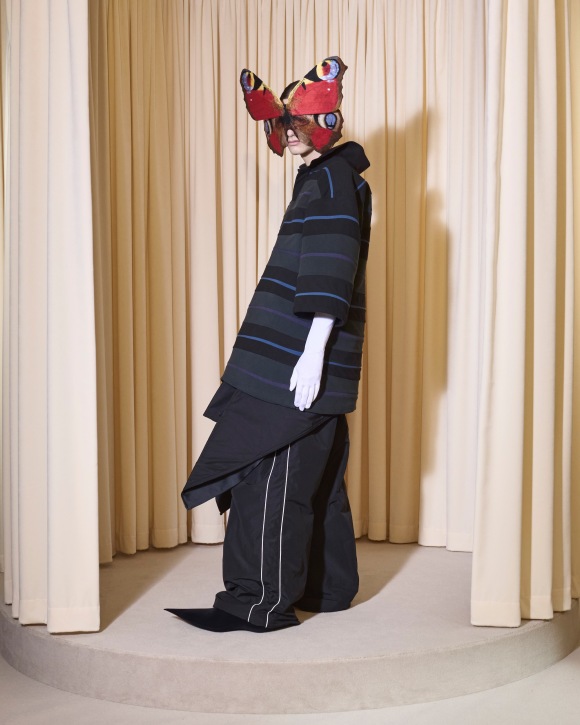
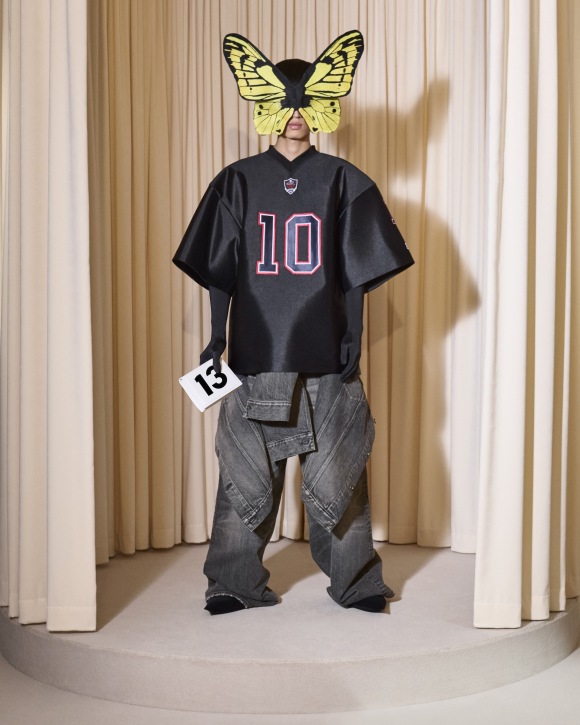
In previous media interviews, Demna expressed a keen interest in innovating production processes and content, continually reinterpreting staples like hoodies and jeans each season within his "wardrobe vocabulary." Rather than merely showcasing the alchemy of "reviving old items" or "elevating everyday into luxury" as artistic director, he invites audiences to interpret the intentions behind the clothing.
In the past, people bought high-end luxury brands for the designers’ style, creativity, and aesthetics. Today, attitudes have shifted; consumers buy these garments to feel cooler, with this sense of coolness interpreted by the consumer rather than the designer.
This shift in industry paradigms affects the design, production, and marketing models of luxury brands. It doesn't mean abandoning luxurious and finely crafted items but embracing a more diverse environment where streetwear and trendy clothing are part of couture. This allows more people to participate in voicing and interpreting fashion.
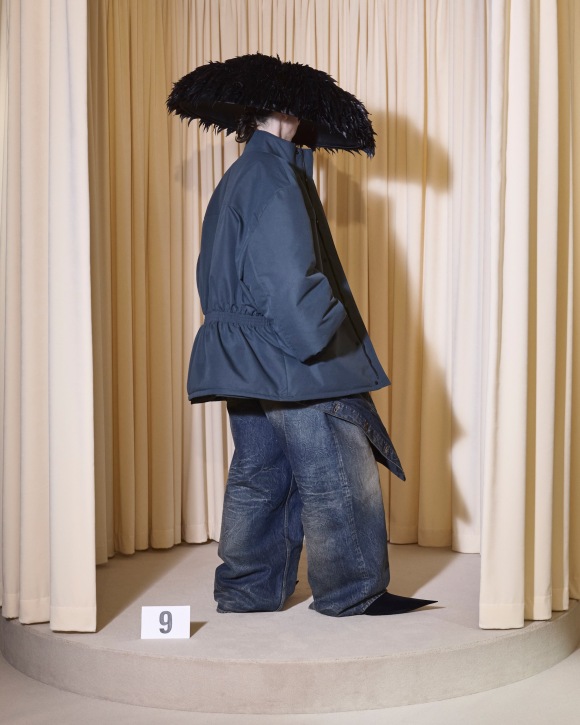
For a historically rich fashion house like Balenciaga, creating another season of exquisitely crafted garments is straightforward.The real challenge lies in subverting established rules while honoring the brand's legacy.
Couture, traditionally seen as a complex craft disconnected fromeveryday wardrobe, sees Demna continually pushing boundaries. Each Balenciaga piece embodies Demna's fashion philosophy and creative spirit, whether transforming streetwear into couture or vice versa. He has proven his talent, showcasing his adept everyday wear style in the couture series on the tenth anniversary of his tenure at Balenciaga, firmly establishing himself as a key figure in the luxury industry.

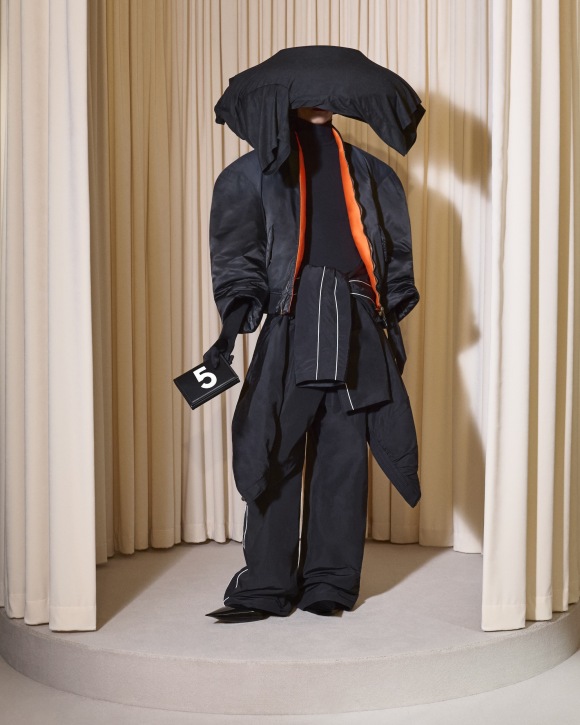
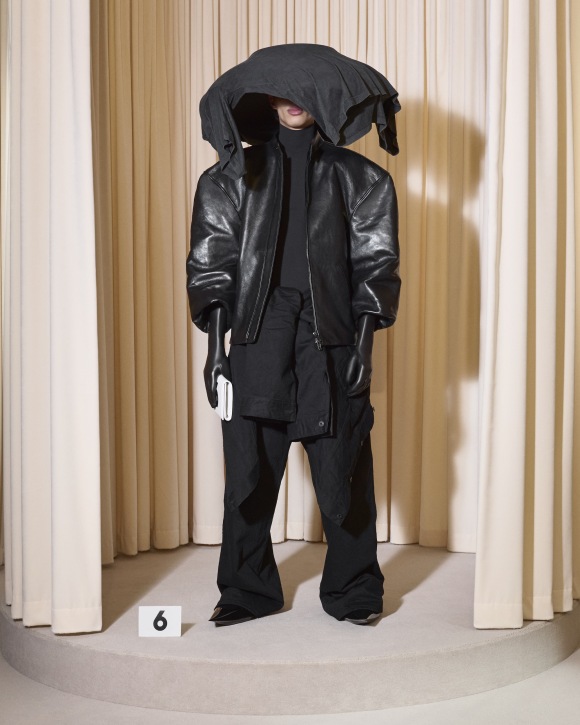
Balenciaga, under Demna's stewardship, continues to wield profound influence in today's fast-paced fashion industry. It's not merely because he has woven subcultures into the fabric of luxury or sparked heated and sometimes controversial discussions. Rather, it is because he reshaped the notion of style and coolness and empowered consumers to take control of their fashion narratives.
As the show concluded, the meditation recording prompted: "When you are ready, open your eyes." The final piece was a wedding gown made from 47 meters of black nylon. It enveloped the model in a choreographed sequence, intended for a single wear. The final shape of it was determined by the wearer's vision. Denma said backstage that 30 minutes before the show, the dress did not exist, and neither would it after the show.
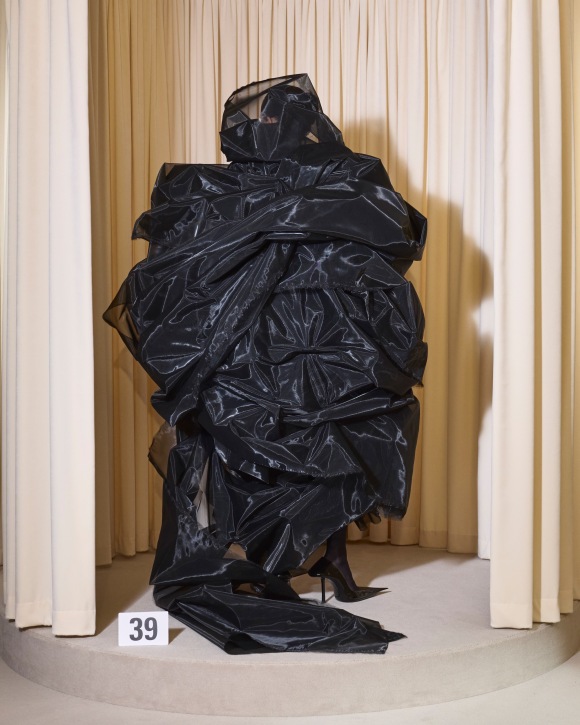
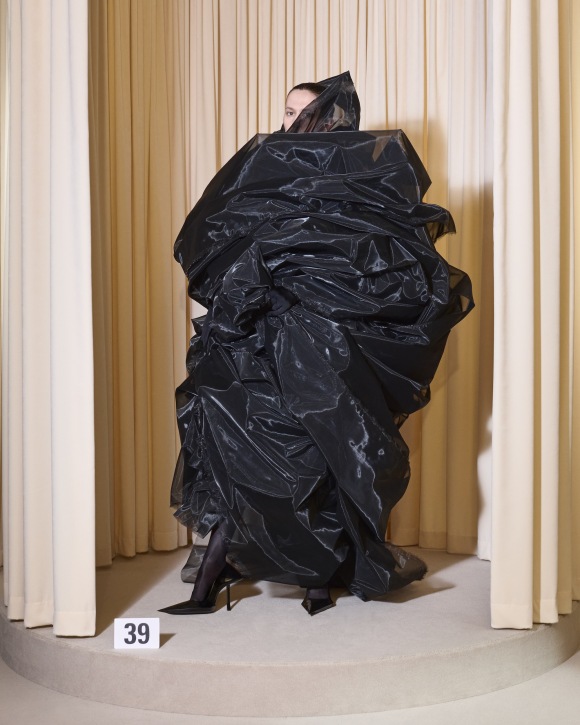
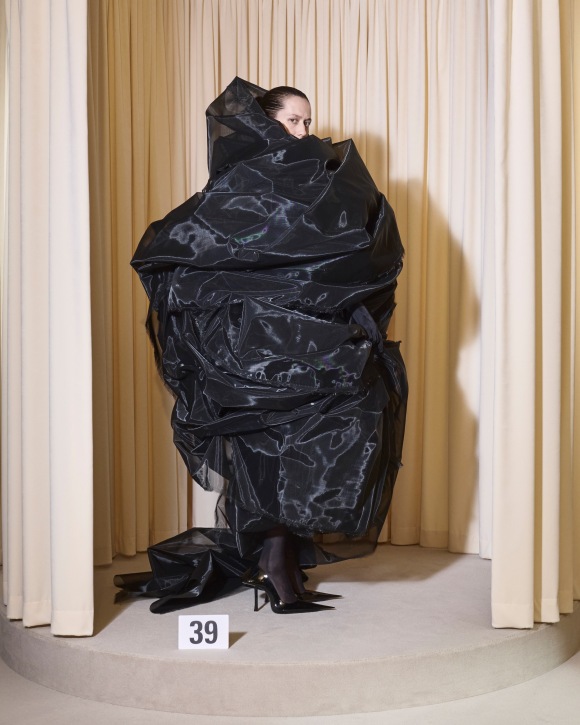
Ultimately, it is individuals who interpret the meaning behind fabrics, silhouettes, and crafting techniques in fashion storytelling.
“In our next session, we will discover even more paths towards happiness.” The meditation recording ended there, but in contrast to the soothing female voice was the disappearance of the black wedding gown, which stuck in like a storm cloud and vanished into thin air.